Mogao Grottes, Dunghuang, Gansu, China(419 C.E.)
Artist/Designer:
Project Location: China
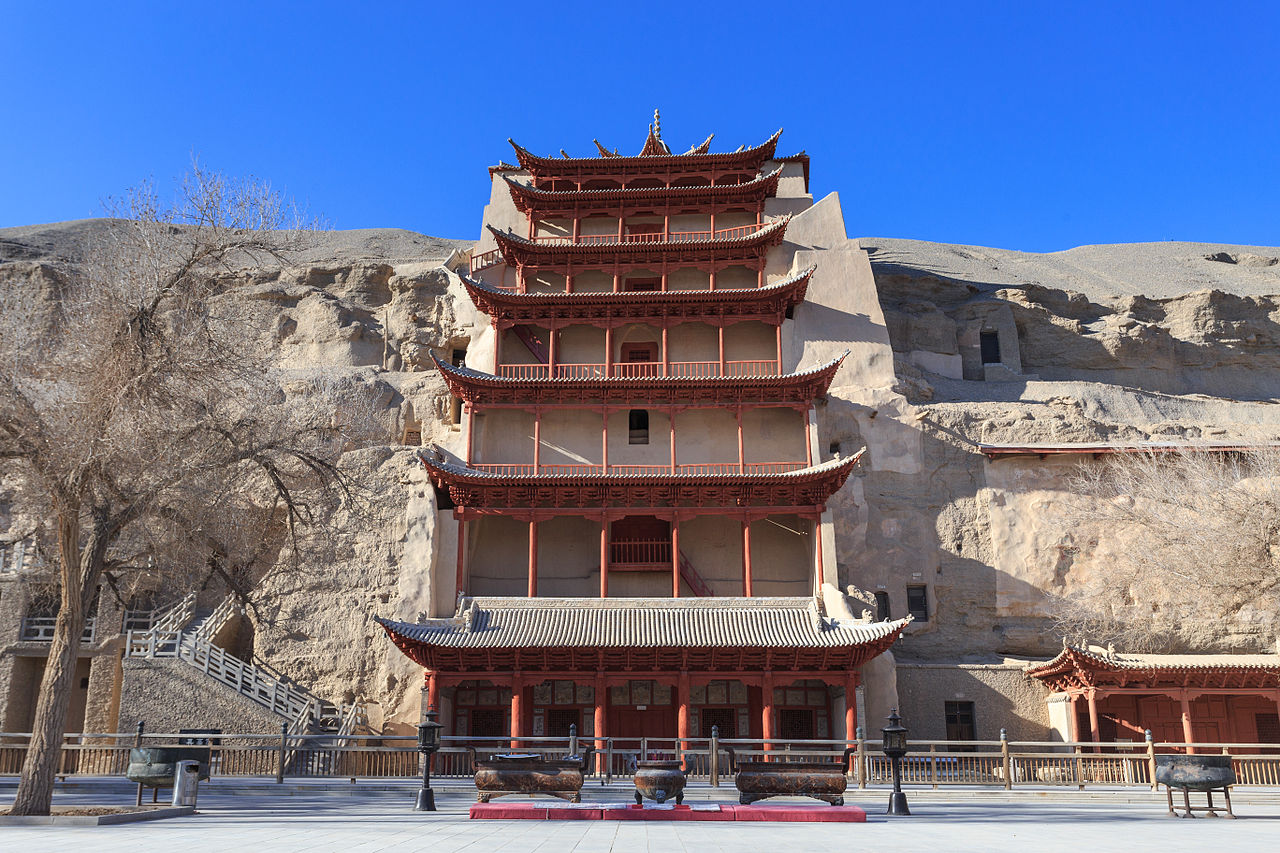
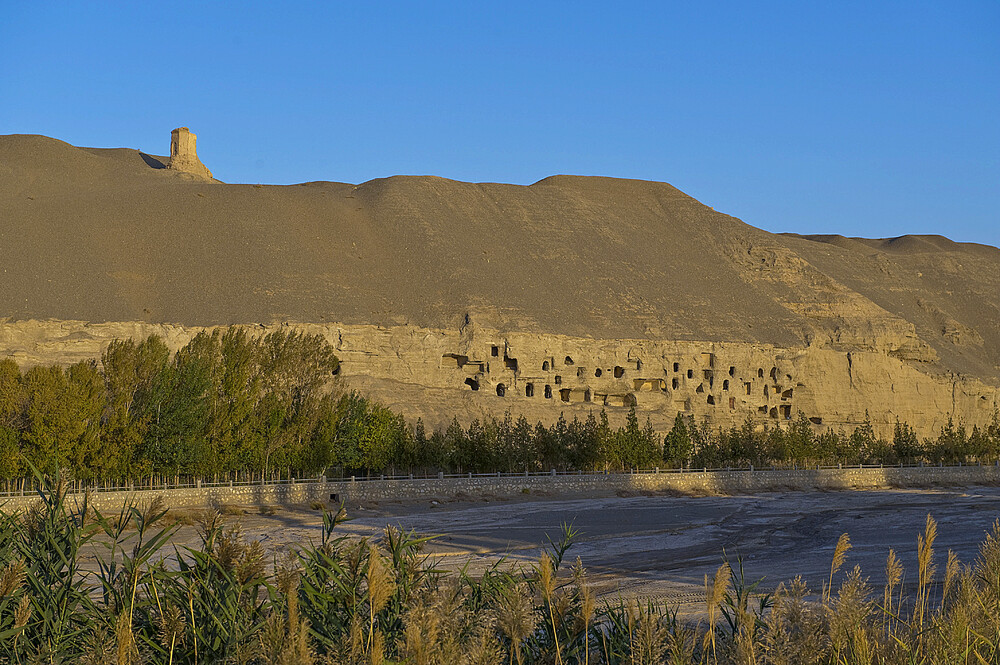
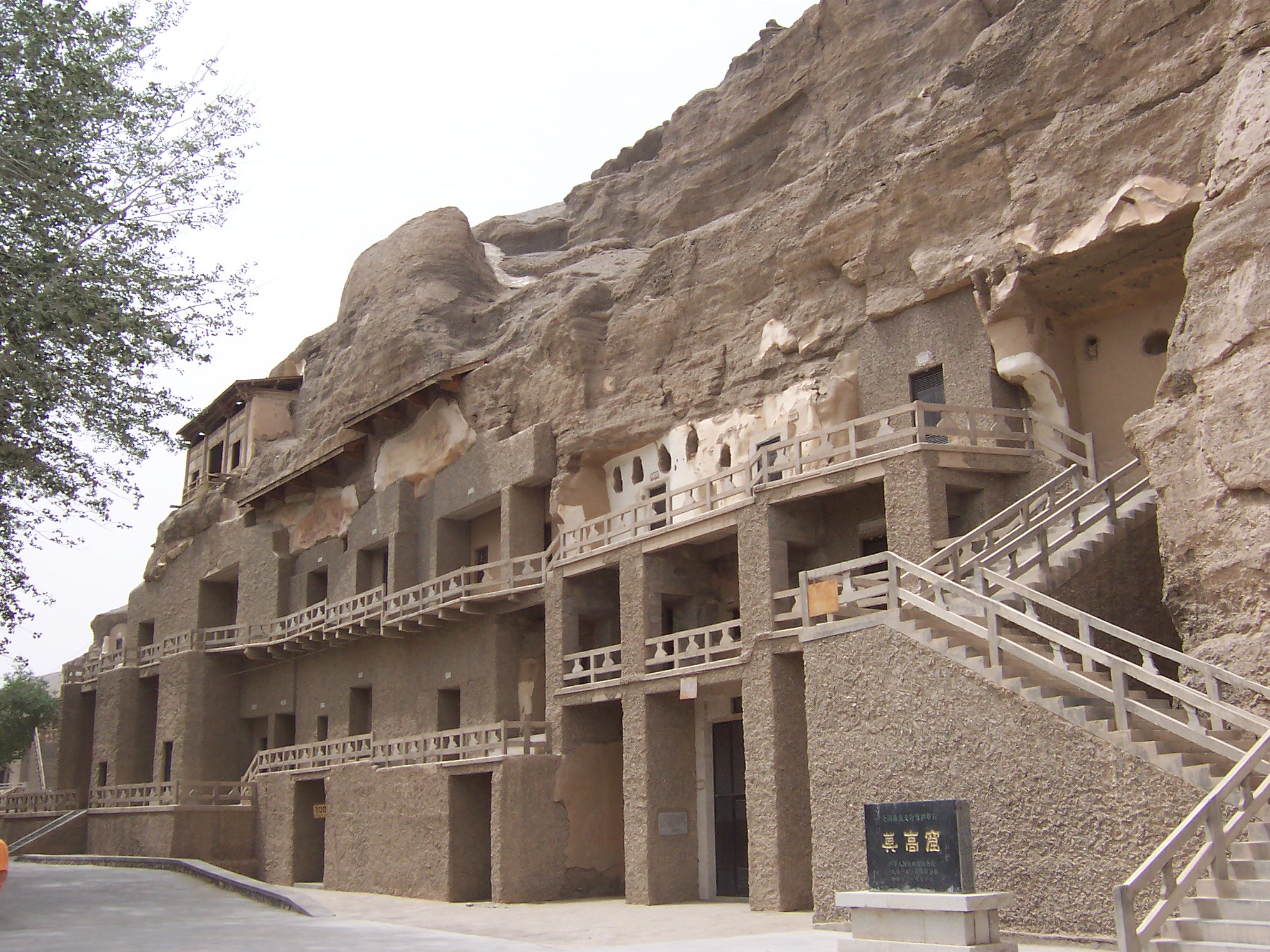
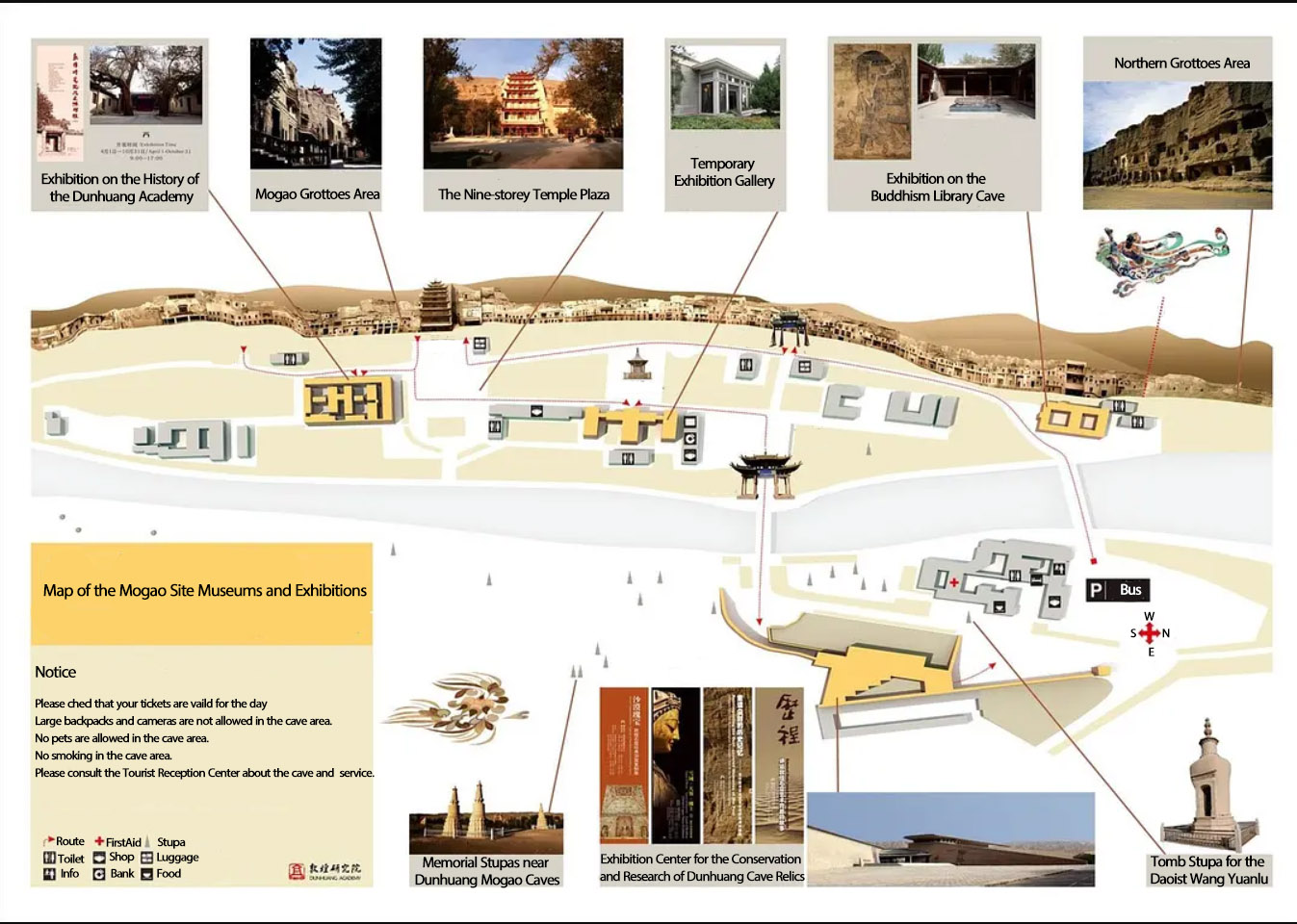
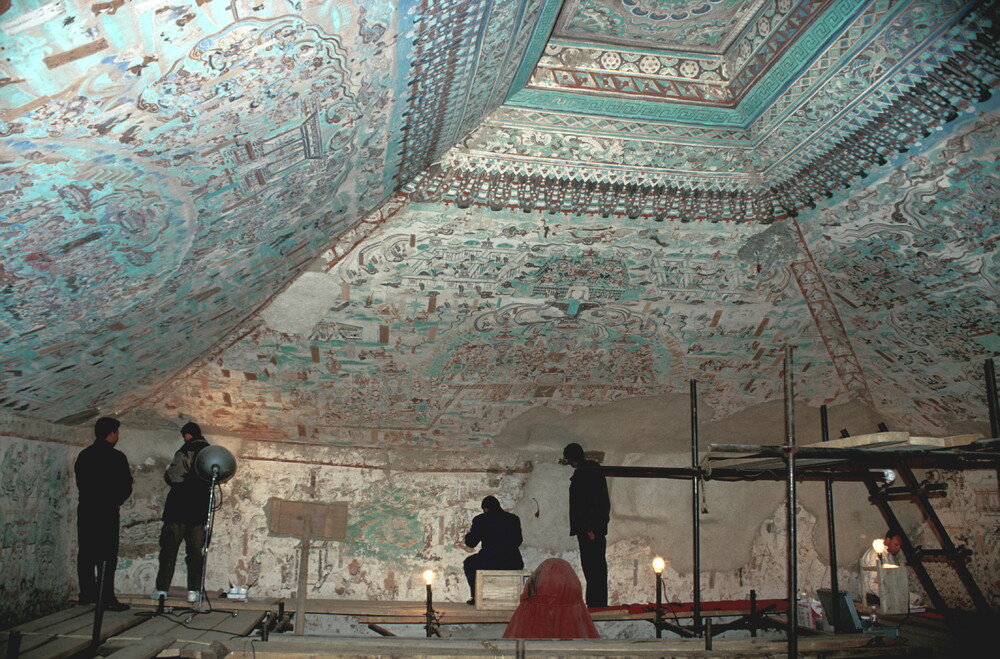

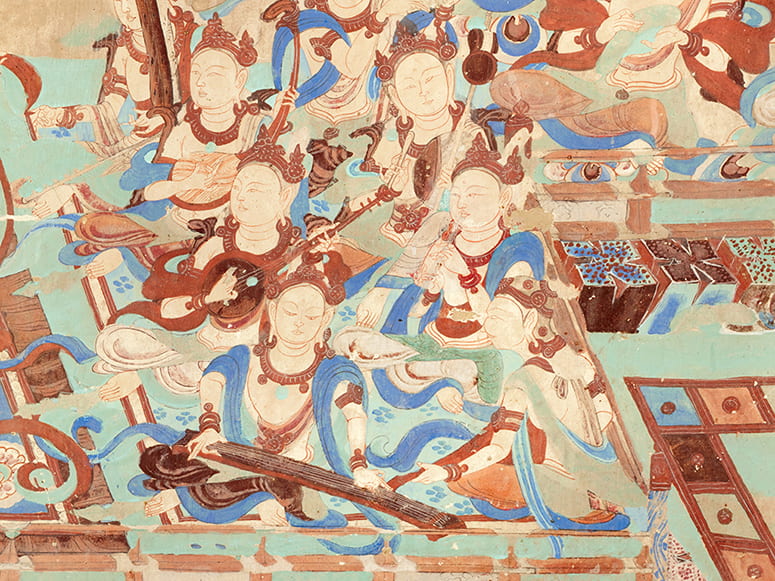
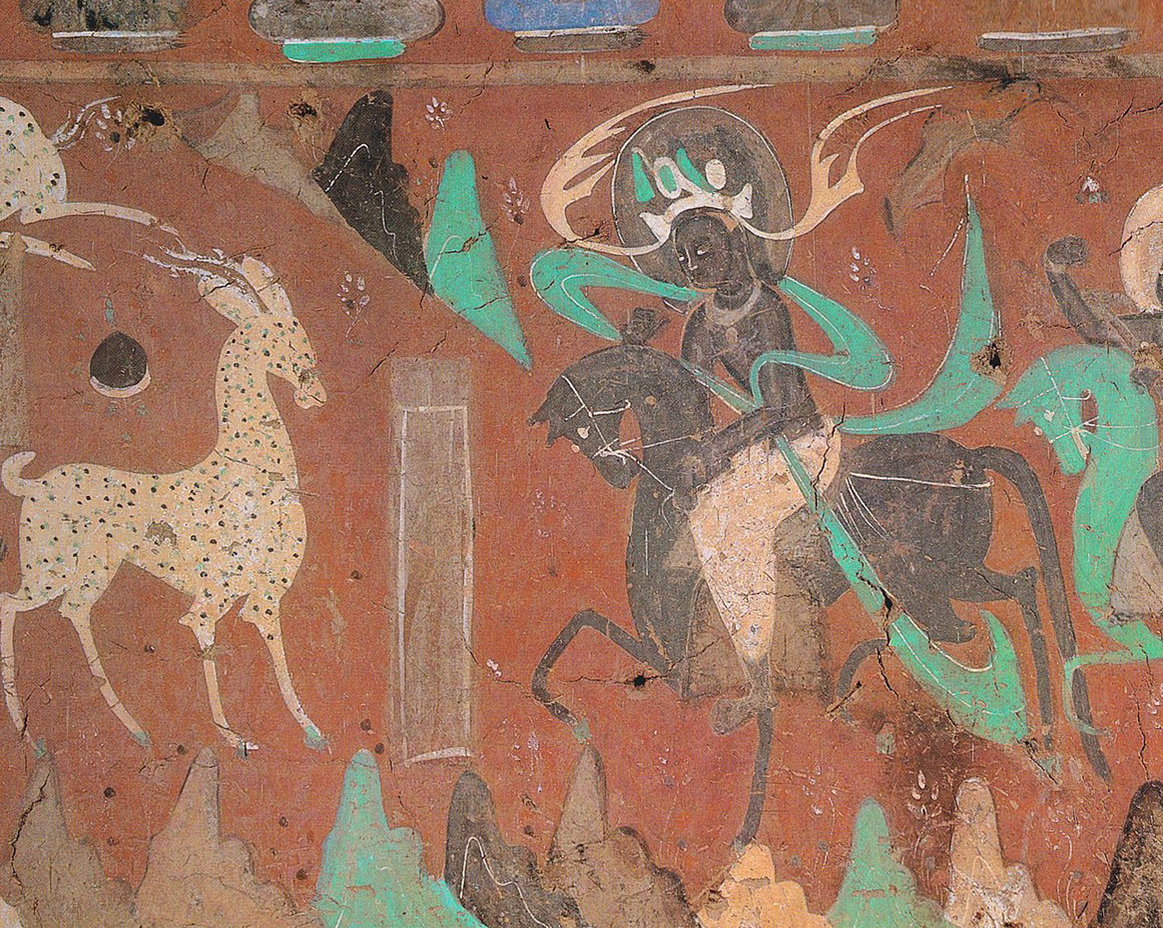


Style/Period(s):
Traditional
Primary Material(s):
Stone
Function(s):
Religious Building
Related Website(s):
Significant Date(s):
9th Century
Additional Information:
The Mogao Caves, also known as the Thousand Buddha Grottoes or Caves of the Thousand Buddhas, form a system of 500 temples 25 km (16 mi) southeast of the center of Dunhuang, an oasis located at a religious and cultural crossroads on the Silk Road, in Gansu province, China. The caves may also be known as the Dunhuang Caves; however, this term is also used as a collective term to include other Buddhist cave sites in and around the Dunhuang area, such as the Western Thousand Buddha Caves, Eastern Thousand Buddha Caves, Yulin Caves, and Five Temple Caves. The caves contain some of the finest examples of Buddhist art spanning a period of 1,000 years.
Established as a frontier garrison outpost by the Han dynasty Emperor Wudi in 111 BC.
The Mogao Caves were first constructed in the 4th century AD and were used as a site of Buddhist worship and pilgrimage.
a Buddhist monk named Lè Zūn (樂尊) had a vision of a thousand Buddhas bathed in golden light at the site in 366 AD, inspiring him to build a cave here.
Shazhou Tujing (沙州土鏡) was later joined by a second monk Faliang (法良), and the site gradually grew.
The earliest decorated Mogao Caves were built and decorated by the Northern Liang between 419 and 439 CE
By the Sui and Tang dynasties, Mogao Caves had become a place of worship and pilgrimage for the public.
During the Tang dynasty, Dunhuang became the main hub of commerce of the Silk Road and a major religious centre. The largest one constructed in 695 following an edict a year earlier by Tang Empress Wu Zetian to build giant statues across the country.
After the Tang dynasty, the site went into a gradual decline, and construction of new caves ceased entirely after the Yuan dynasty.
During the Ming dynasty, the Silk Road was finally officially abandoned, and Dunhuang slowly became depopulated and largely forgotten by the outside world.
Address: Dunhuang County, Gansu Province. At the eastern foot of Mount Mingsha, 25 kilometers southeast of the County seat.
Viewers should treat all images as copyrighted and refer to each image's links for copyright information.